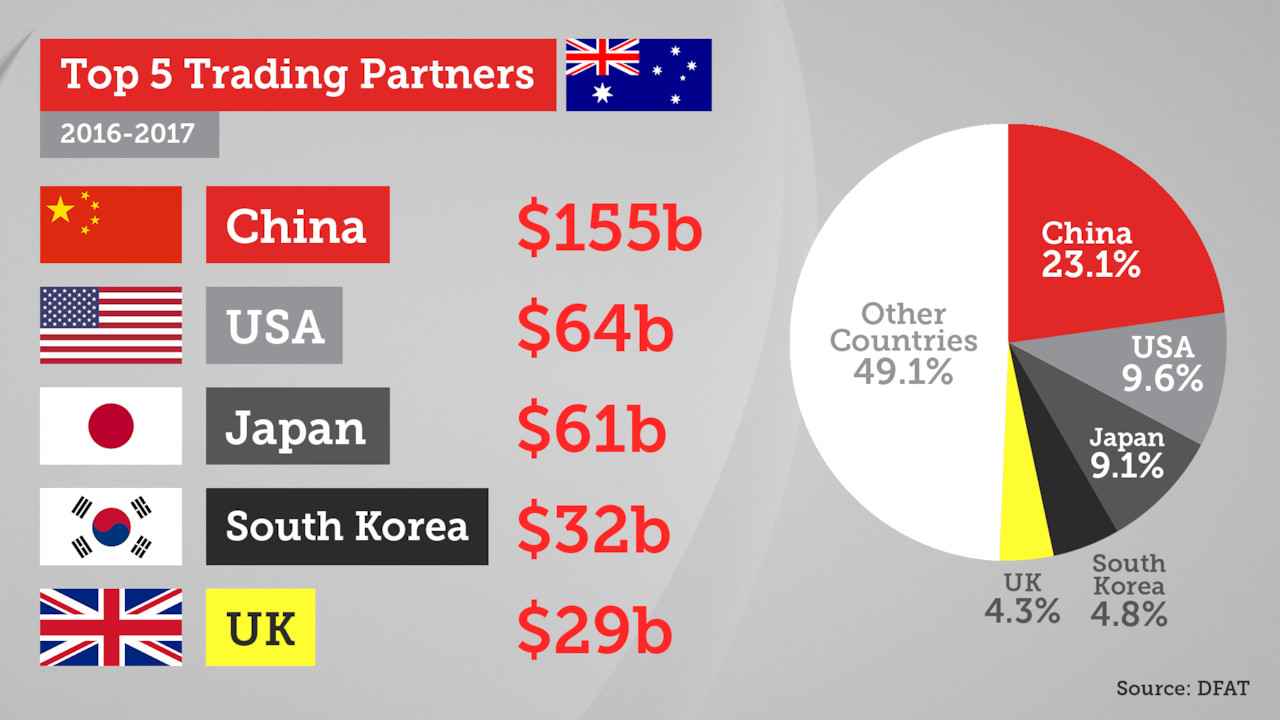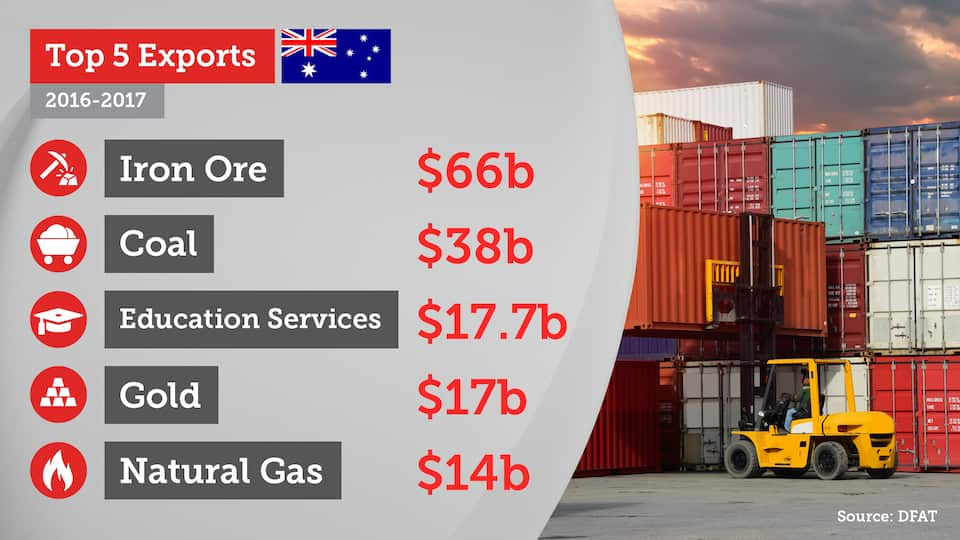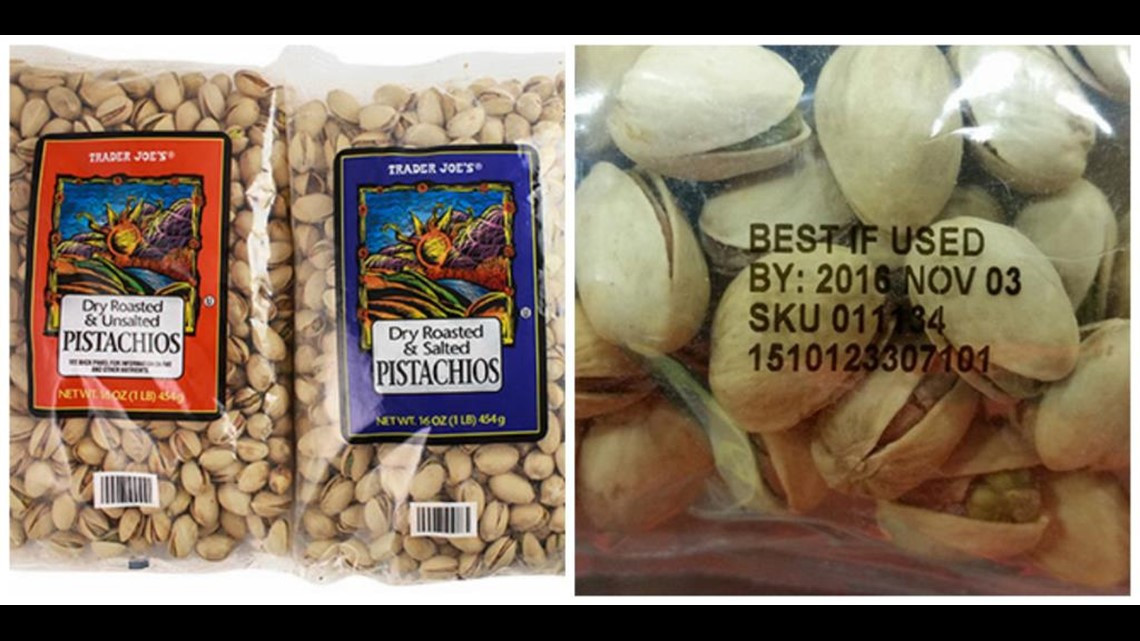Currency Dynamics in Australia's Trade: A Shift Towards the US Dollar?
This article delves into the intricate world of invoice currencies, shedding light on the dominant currencies used in Australian export and import transactions. By analyzing data from the Australian Bureau of Statistics (ABS), we unveil the evolving landscape of currency preferences in Australia's global trade.
An invoice currency is the currency in which an invoice for exported or imported goods is denominated, prior to conversion to Australian Dollar (AUD). Data on invoice currencies, gathered by the Department of Home Affairs, provides valuable insights into the trade relationships between Australia and its trading partners.
The US Dollar: A Dominant Force in Australian Trade
The US dollar reigns supreme as the most common currency used for invoicing both exports and imports in Australia. This dominance can be attributed to several factors, including the US dollar's role as a global reserve currency and the significant trade ties between Australia and the United States.
Export Trends: The US Dollar Takes the Lead
For Australian exports, the US dollar holds a dominant position, accounting for a remarkable 44.1% of total invoice values in 2023-24. This represents a slight increase from 43.6% in 2020-21, indicating a continued trend of preference for the US dollar. The prominence of the US dollar in Australian exports aligns with the robust trade relationship between the two countries.
Import Trends: The US Dollar's Persistent Influence
In the realm of imports, the US dollar also holds a prominent position, though slightly less dominant compared to exports. The US dollar accounts for 37.4% of the total invoice values for Australian imports in 2023-24, indicating a continued reliance on the US dollar for imports. This dominance underscores the importance of the US as a source of imported goods for Australia.
Currency Choices: Factors Beyond the US Dollar
While the US dollar reigns supreme, other currencies hold significance in Australian trade. These include:
- Japanese Yen: The yen remains a significant currency for invoicing imports, particularly for goods originating from Japan, reflecting strong trade ties between the two nations.
- Euro: The euro has established itself as a major player, primarily for imports from European Union countries, highlighting the growing economic influence of the eurozone in global trade.
- Chinese Yuan: The increasing use of the Chinese yuan for invoicing imports underscores the growing economic relationship between Australia and China, and its impact on trade flows.
The choice of invoice currencies can be influenced by various factors, including:
- Trade Relationship: The strength of trade ties between Australia and a particular country can drive the use of that country's currency for invoice purposes.
- Economic Stability: Currencies of countries with stable economies, like the US dollar, often serve as reliable benchmarks for international trade.
- Exchange Rate Volatility: Currency volatility can impact the choice of invoice currency. Importers and exporters may prefer currencies with more predictable exchange rates to mitigate risks associated with fluctuations.
- Hedging Activity: Importers and exporters may engage in hedging activities to manage currency risk. Hedging involves locking in a specific exchange rate for a future transaction, potentially influencing the choice of invoice currency.
Conclusion: A Dynamic Landscape of Currency Preferences
The world of invoice currencies is constantly evolving, reflecting shifts in global economic dynamics and trade patterns. The US dollar remains a dominant force in Australian trade, but other currencies are emerging as significant players, driven by strong bilateral trade relationships and increasing economic influence. The Australian trade landscape is marked by a diversity of currencies, each reflecting the complex and interconnected nature of global trade.
Key Takeaways: What You Need to Know
- The US dollar is the dominant currency used for invoicing both exports and imports in Australia.
- Other currencies, such as the Japanese yen, euro, and Chinese yuan, are also significant, reflecting specific trade relationships and economic influences.
- Factors like trade relationships, economic stability, exchange rate volatility, and hedging activity all play a role in influencing invoice currency preferences.
By understanding the intricacies of invoice currencies, businesses can navigate the complexities of international trade with greater awareness and precision, optimizing their operations and mitigating potential risks.
This analysis provides a valuable insight into the currency dynamics shaping Australian trade. By staying abreast of these trends, businesses can gain a competitive edge in the global marketplace, capitalizing on opportunities and managing risks effectively.


















